Astronomical Imaging – A selection from the Weekend
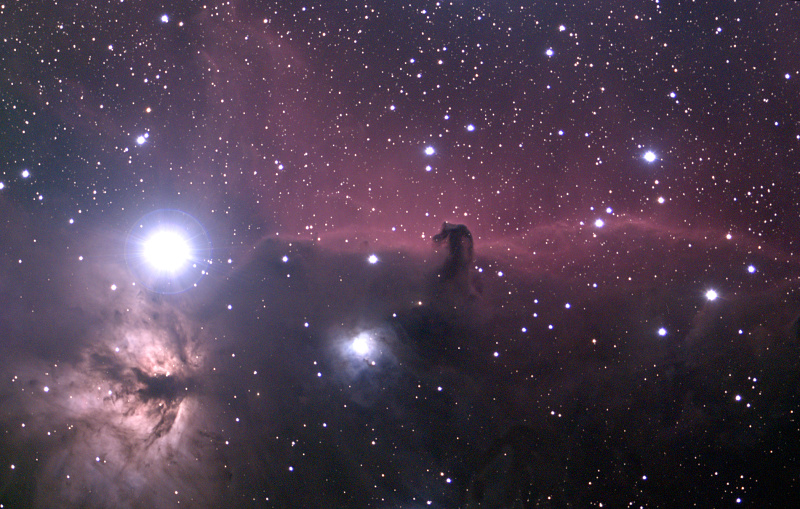
Horsehead and Flame Nebula. Image by author, using a C8 Hyperstar and QHY183c camera. I combined images from the previous night with a C14 Hyperstar and QHY9 monochrome camera. A total of 180 x 30second exposures were stacked for this image.
A couple of nights ago, I took advantage of a dusk to dawn clear night by setting up my trusty 1990’s vintage Celestron 8” scope and my QHY cooled color camera, to do some astrophotography of some well know and not so well-known celestial objects. I’m pleased with the results, given relatively inexpensive equipment and my suburban location, I hope you like them!
The Setup

Imaging Rig : A celestron C8 riding atop an Vixen Equatorial Mount
Above is a photo of the setup I used. This is really a basic setup for “deep sky” photography, without autoguiding, motorised focusers, mirror locks, etc but I like the simplicity of the setup. Also, it is very transportable in that it can be lifted in and out doorways fully assembled without much drama. Being a 1990’s vintage C8 (which I purchased second hand about 10 years ago) it had to be modified to accept the Hyperstar which reduces the telescopes focal ratio from f10 down to f2, turning it into effectively a 400mm f2 telephoto lens. A QHY183c camera was utilized (not shown above) which is designed for astronomical imaging since it output’s true raw output, has reduced amplifier glow and has peltier cooling that runs the sensor at -20C (to reduce noise in long exposure images).
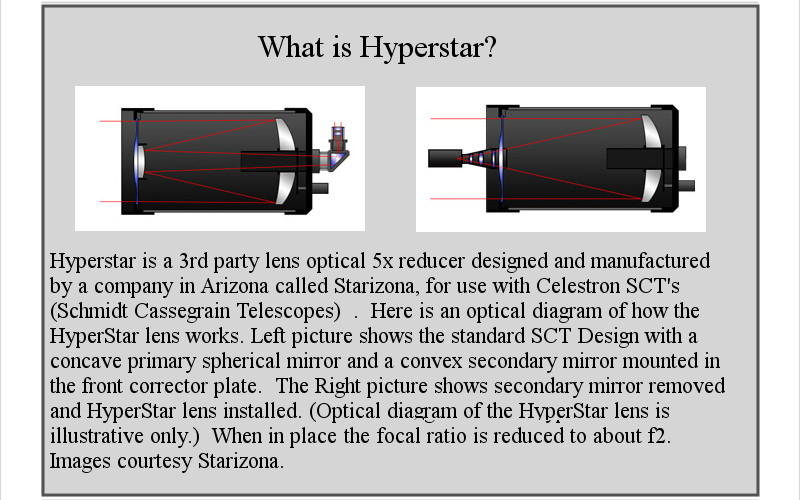
Horsehead Nebula
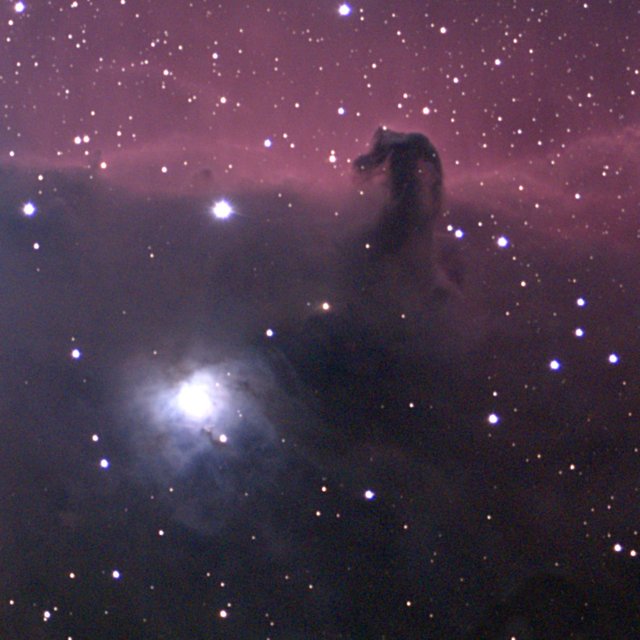
Horsehead and Flame Nebula closeup of title image
The first target was the Horsehead Nebula in Orion, it’s not hard to see why it got its name! The Horsehead is a dark nebula obscuring a weak emission nebula behind it. It is approximately 1,500 light years away and is about 3 light years across.
NGC2516
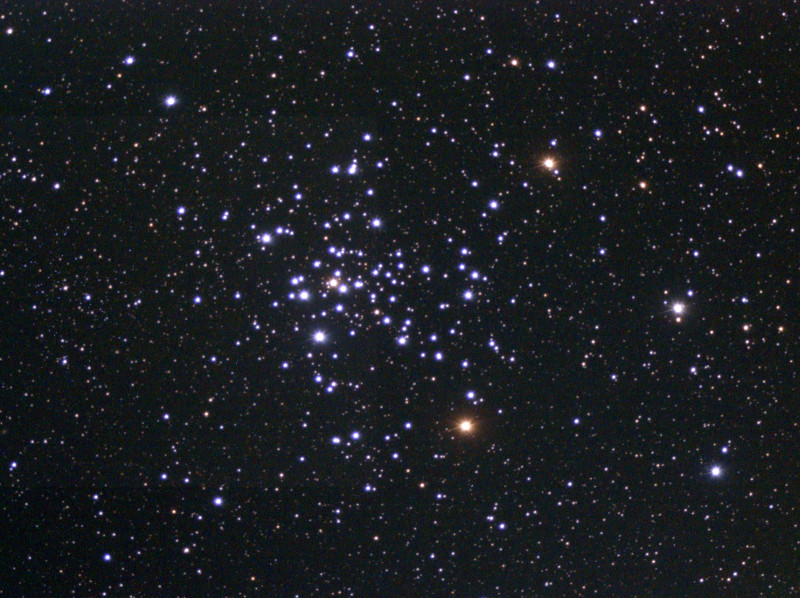
NGC2516. Celestron C8 Hyperstar and QHY183c camera. 100 x 4 second image stack
NGC 2516 is a beautiful open star cluster in the constellation Carina, 1,300 light years distance containing most bright hot blue stars with handful of red giant stars that give a nice contrast.
Eta Carina Nebula
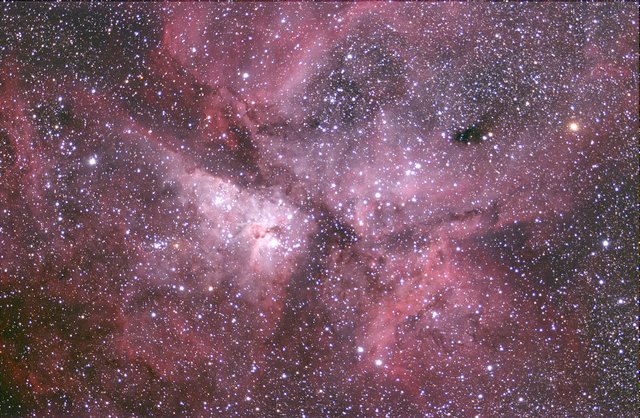
NGC3372 (Eta Carinae Nebula). Celestron C8 Hyperstar and QHY183c camera. 100 x 4 + 100 x 30 second image stack
The Eta Carina Nebula is an enormous emission nebula located in the constellation of Carina. It is even larger and brighter than the Orion nebula and lies perhaps as far as 10,000 Light years away. At the core is the binary star Eta Carina, a massive star that in the 1830-1850's underwent a massive surge in brightness that blasted away a shell of material that now partly obscures it making observations of it difficult. The primary star is a very unusual object, and is thought to be currently 100-150 times as massive as the sun, having ejected 30 times the mass of the sun during the 1800’s.
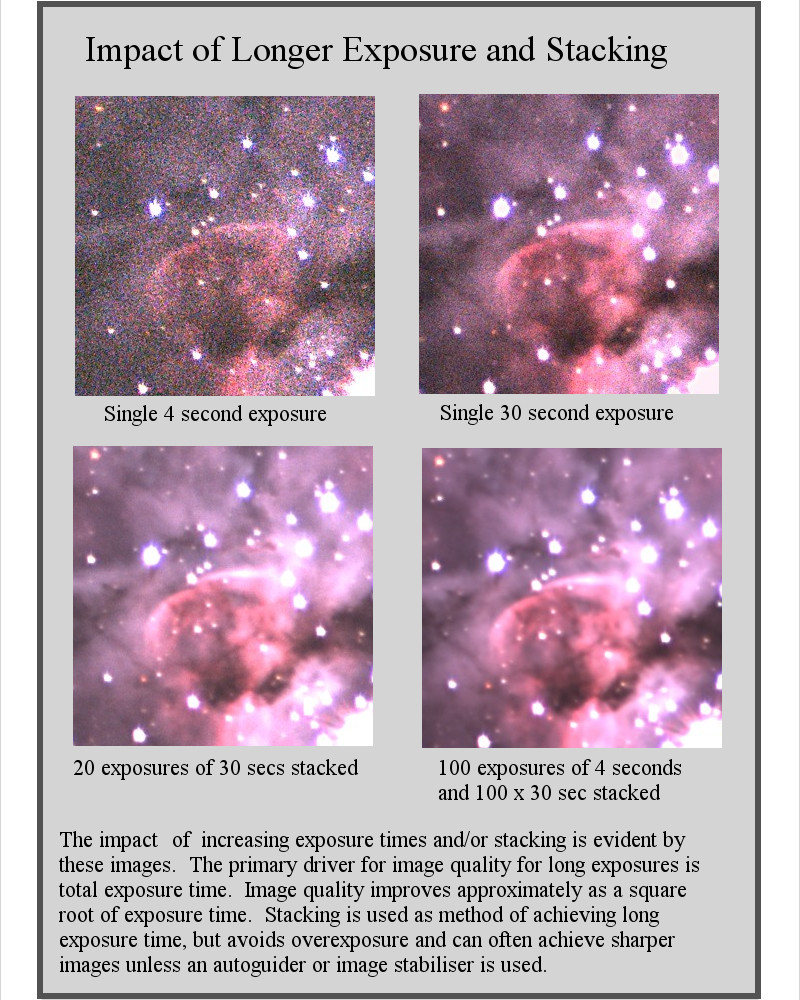
Nova Muscae 2018
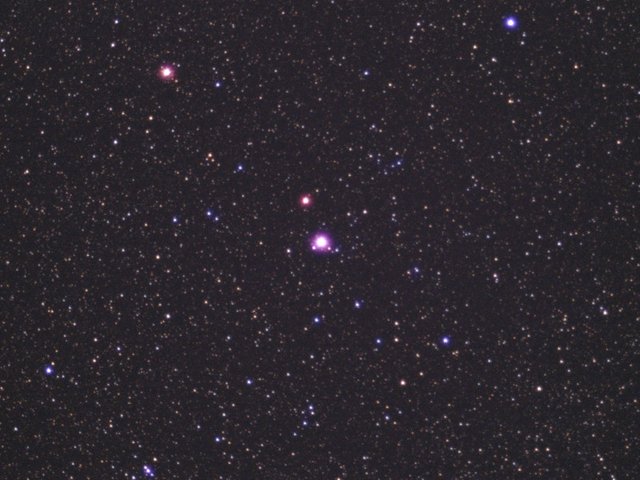
Nova Muscae 2018. Celestron C8 Hyperstar and QHY183c camera. 100 x 4 second image stack
A good example of citizen science, an amateur astronomer (Rob Kaufman) found this new Nova in the constellation of Musca earlier this month. You can see it as the brightest star in the middle of the image. Nova’s are massive stellar outbursts caused by hydrogen being drawn from a larger star into a white dwarf star. The hydrogen is drawn into an accretion disk that becomes superheated, causing Hydrogen fusion to initiate. Something I must research is the odd purple color of the nova, at first I thought it might be white balance, but the blues, whites and reds of the surrounding stars all appear to be correct. Does anyone have an explanation?
Proxima Centauri
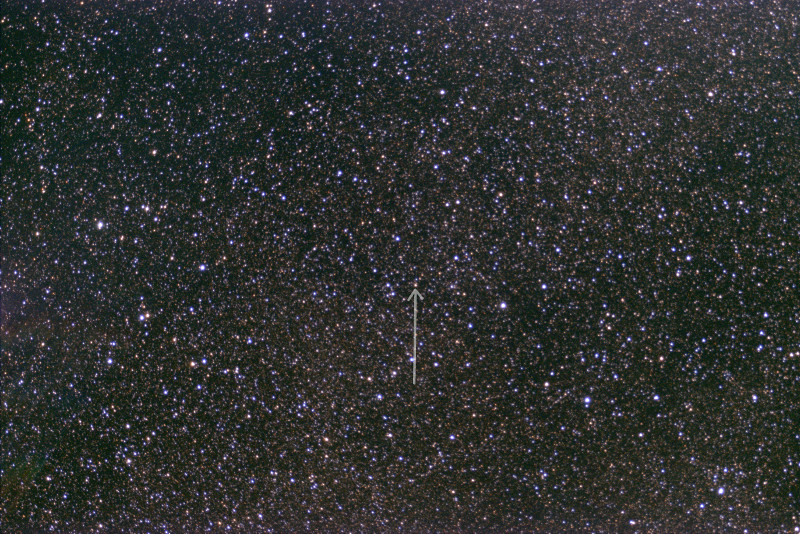
Proxima Centauri. Celestron C8 Hyperstar and QHY183c camera. 48x 30 second image stack
This is Proxima Centauri our nearest star (apart from our sun) which lies 4.26 light years away. Proxima Centauri is a red dwarf star, meaning it has a lot less mass than our sun and only puts out 1/10,000 the visible light that the sun does. Even though it is the nearest star, it is so faint that it is difficult to make out against the backdrop of much brighter stars.
In case you can’t see it here is an enlarged crop.
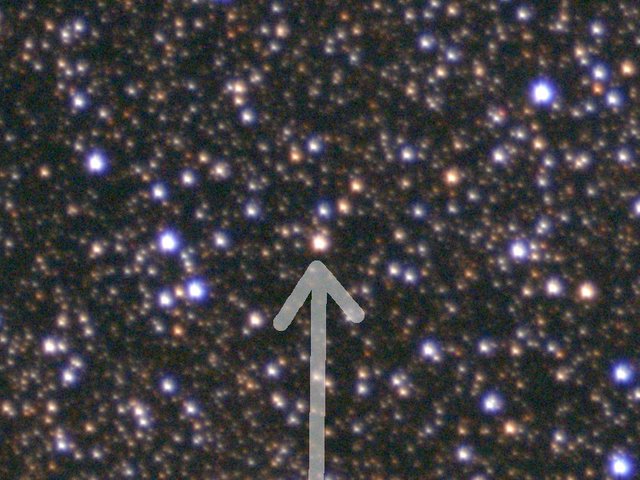
NGC2736 (Pencil Nebula)
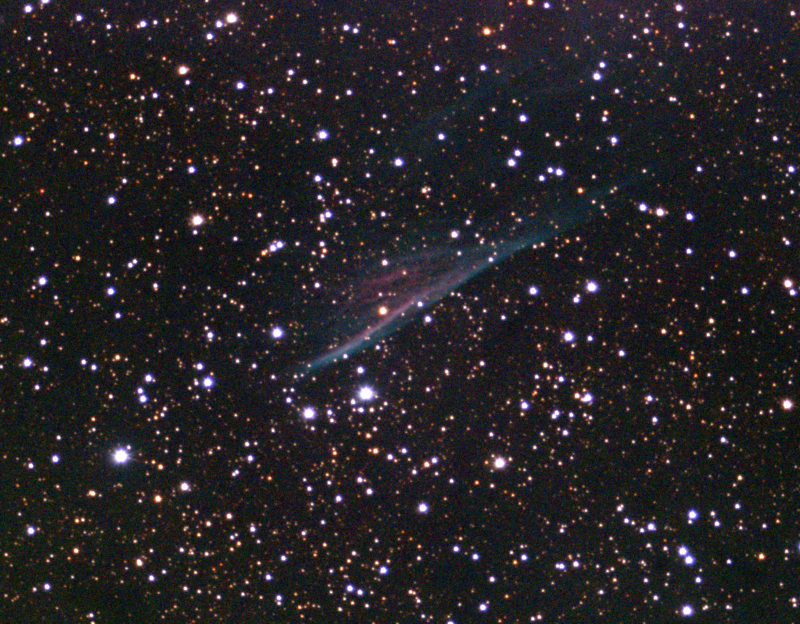
NGC2736. Celestron C8 Hyperstar and QHY183c camera. 60x 30 second image stack
The Pencil Nebula (NGC2736) is one of the brightest sections of the huge Vela Supernova Remnant. The Supernova occurred 11-12,000 years according to some estimates. The Remnant is very faint, and the exposure above was barely enough to show this brighter part.
IC 2944 (The Running Chicken Nebula)
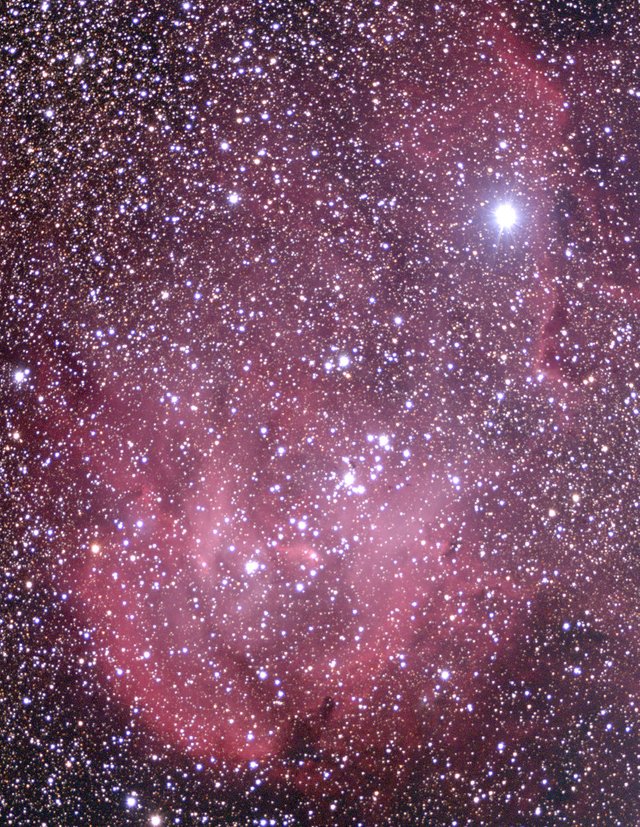
NGC2944. Celestron C8 Hyperstar and QHY183c camera. 100x 30 second image stack
Yes seriously, this is called the “Running Chicken Nebula”! Anyway, it is a pretty emission nebula and open star cluster near the bright star Lambda Centaurus. This one is about 6,000 Light years away.
Mimosa and the Jewelbox Cluster (NGC4755)
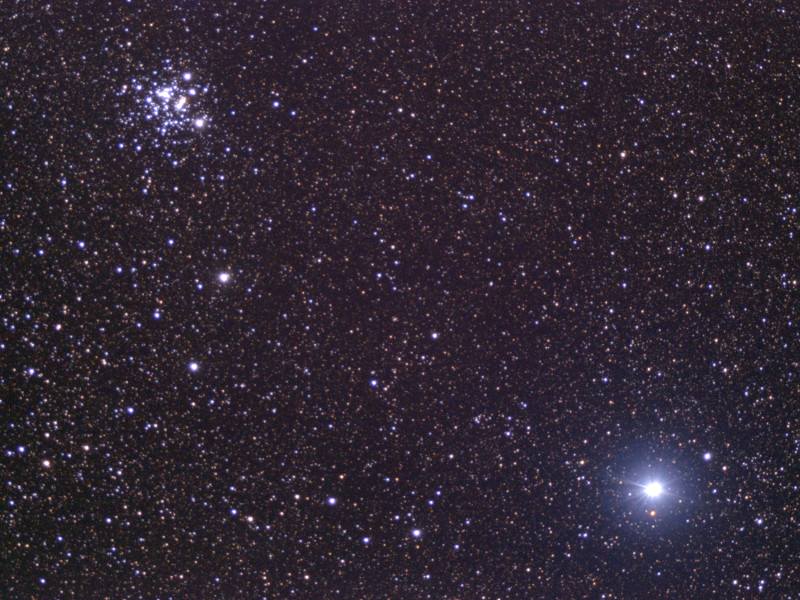
NGC4755 and Mimosa. Celestron C8 Hyperstar and QHY183c camera. 100x 4second image stack
Mimosa is at the bright star at the lower right and is the second Brightest star of the constellation Crux (Southern Cross). At the top left is NGC4755, the Jewelbox cluster, a beautiful V-Shaped grouping of stars which when looking at through a telescope really does look like a box of jewels. Another interesting feature of this image field is the very red “Carbon” star just below Mimosa – this is called DY Crucis.
NGC4945 (Spiral Galaxy)
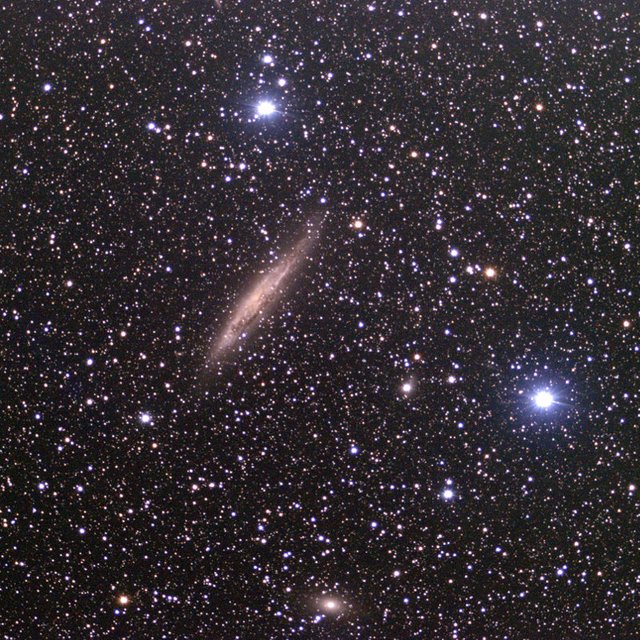
Galaxy NGC4945. Celestron C8 Hyperstar and QHY183c camera. 51x30second image stack
This is the last object on the list, and fittingly the most distant at 12,000,000 Light years away. This is a barred spiral galaxy, and is quite bright as galaxies go even though it greatly obscured by our own milky way (we are looking at it through one of the spiral arms of our own galaxy). If you look carefully in the image can you spot the other galaxies?
Finally
I hope you enjoyed this gallery, if there are any favourites let me know in the comments below!
References
Thackeray, A. D.; Wesselink, A. J. (1965). "A photometric and spectroscopic study of the cluster IC 2944". Monthly Notices of the Royal Astronomical Society. 131: 121
Cha, Alexandra N.; Sembach, Kenneth R.; Danks, Anthony C. (1999). "The Distance to the Vela Supernova Remnant". The Astrophysical Journal Letters. 515: L25–L28
Starizona (Vendor). starizona.com
Note: All images are author’s work, please feel free to use them but I just ask you add an image credit.
Wow this is really amazing post I ever seen!
Thank you @sandaraclark !
Your welcome @terrylovejoy ..looking forward for your future post
I am very impressed by what you manage to do with your material. My son will be jealous if I show this to him (he is six and loves looking to the sky).
Thank you @lemouth and many thanks for STEEMSTEM's support! I hope these photo's might help inspire your son 's interest in astronomy and send a hello to him for me :) By the way these photographs are not as hard to achieve as you might think, it's the guys (amateur's) pushing the envelope with astrophotography that need the really top flight equipment, dedication as well perfect locations. The message I try to put out to people is you can do pretty well and get a lot of satisfaction with basic setups.
This is super cool. I love astrology and going places where I can look through the powerful telescopes. I've done it in Chile, Colombia and Hawaii.
Thank you @choogirl. There are some impressive observatories in Chile and the large Island of Hawaii. Oh by the way don't confuse astrology with astronomy :) Some of my friends do it all the time lol!
Bah! Typo. My bad. I meant astronomy.
I was about to shout too, for the same reason :D
All good @choogirl . Funny thing is somebody - I don't know who - but up a wikipedia page about my comet discoveries, and it stated I was an amateur astronomer. One of my colleges here at work kept changing the description to amateur astrologer :)
I just noticed you're from Brisbane! You should consider joining Team Australia. It's a pretty supportive community. If you'd like to be part of it, then please check out this link for the instructions on how to join https://steemit.com/teamaustralia/@choogirl/team-australia-new-recruits-update-17-01-18-and-our-first-team-australia-celebrity
Done!
fantastic :) it think it can be another meditation , ......
I find it quite relaxing and extremely rewarding, and with modern equipment it is amazing the sort detail you can get.
even thinking of it is relaxing , i wish i could feel the same way how you enjoy it , everyday i discover something new that wanna try it seriously . :)
World of Photography Beta V1.0
>Learn more here<
Thank you for participating in #longexposurephotography, the weekly selection will be released on Monday.
You have earned 5.20 XP for sharing your photo!
Daily photos: 1/2
Daily comments: 0/5
Multiplier: 1.04
Server time: 16:04:10
Total XP: 73.52/100.00
Total Photos: 6
Total comments: 1
Total contest wins: 1
Follow: @photocontests
Join the Discord channel: click!
Play and win SBD: @fairlotto
Learn how to program Steem-Python applications: @steempytutorials
Developed and sponsored by: @juliank
hey can you post for canon cams?
I am not sure what you mean?
good